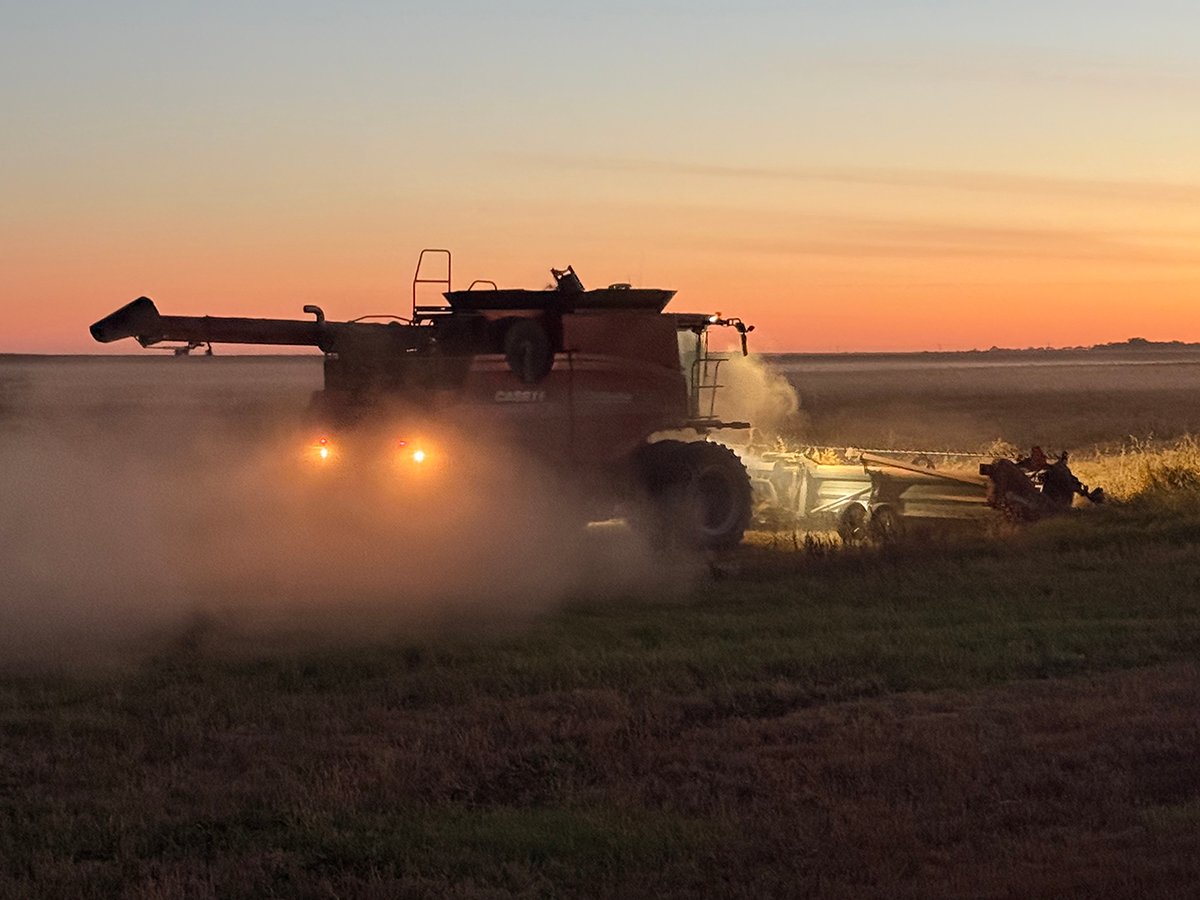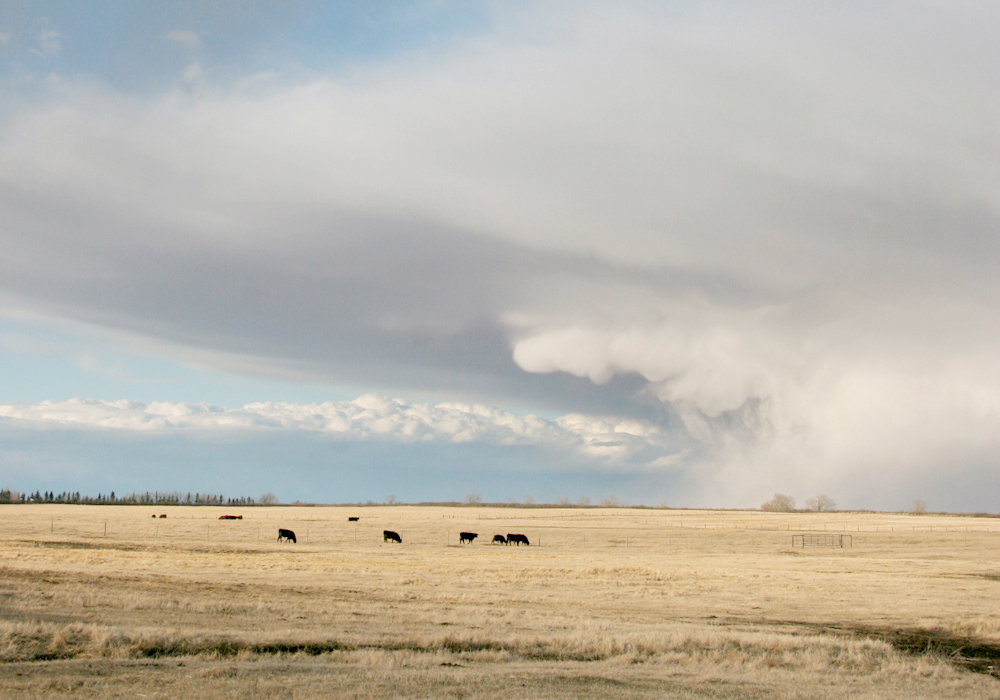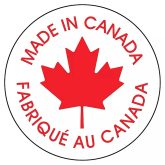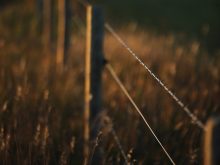Should AgriInvest funds be withdrawn? It depends on your tax rate upon withdrawing and how you will use the money.
If the AgriInvest is filed, the producer will receive an AgriInvest deposit notice that they can deposit up to $10,000 in the AgriInvest account within the next 90 days. The government will then match this deposit, usually within 30 days. Once the government has matched the deposit, funds can be withdrawn at any time.
The minimum allowable net sales to qualify for AgriInvest is $25,000. A cattle operation with $50,000 of cattle sales and $25,000 of livestock and feed purchases would only have $25,000 of allowable net sales, and at one percent there would only be a $250 matching deposit.
Read Also

Downturn in grain farm economics threatens to be long term
We might look back at this fall as the turning point in grain farm economics — the point where making money became really difficult.
The incentive to save is built into the program because matching funds are only taxable when withdrawn. The matching deposit and any interest earned goes into a separate taxable fund, called Fund 2. This fund must be withdrawn first, before you can access your Fund 1 producer deposits, which are not taxable on withdrawal.
For example, a $100,000 AgriInvest account may require a $52,000 taxable Fund 2 withdrawal before the $48,000 Fund 1 tax paid money can be accessed.
There are three approaches to AgriInvest account withdrawals:
- Withdraw every year after the matching deposit is received.
- Withdraw when there is poor farming year. In 2021, many livestock producers withdrew their AgriInvest to offset drought-related expenses. This is what the program is designed for because the taxable AgriInvest income offsets the drop in other income.
- Many producers have been building their accounts to save for a bad year, but through profitable years and crop insurance, they have enough other taxable income and do not want to pay the tax on withdrawal. In 2020, 26 percent of producers had more than $50,000 in their AgriInvest accounts.
AgriInvest has been a victim of its own success because the federal government has used the billions in AgriInvest accounts as an excuse to refuse more federal funding.
- Twenty-five percent to 50 percent personal tax — Your marginal tax rate depends on your province and your other personal income. If you are profitable, it makes sense to have at least $50,000 of taxable income personally to use the lowest tax bracket. With a $100,000 account example, a producer could withdraw the $52,000 taxable Fund 2 portion and pay about $13,000 of tax, and then withdraw the remaining $48,000 of non-taxable money. However, this assumes no other taxable income, which is usually not the case.
- Offset the taxable income with Registered Retirement Savings Plan contributions — Unincorporated farmers may have reinvested everything back into the farming operation, leaving RRSP contribution room available. Farmers have far less in retirement savings or pensions compared to government and other employees. If RRSP room is available, producers can offset the taxable AgriInvest withdrawal with RRSP contributions. The non-taxable producer deposits can then be withdrawn and reinvested in a Tax-Free Savings Account (TFSA). In a disaster, the RRSP contributions could be withdrawn as taxable income.
- No tax — Taxable income can be offset with deductible farm expenses. You cannot create a farm loss to offset personal AgriInvest income by buying inventory that is on hand at year-end. For unincorporated farms, this works until personal taxable income becomes unmanageable and then we recommend incorporation.
- Nine percent to 11 percent corporate tax — AgriInvest taxable withdrawals are considered active business income for corporate tax purposes. A corporation typically has a small business deduction available for the first $500,000 of active taxable income. This especially makes sense in Saskatchewan, where the small business tax rate is temporarily nine percent, so $52,000 of taxable withdrawals would only result in $4,380 of tax.
- Twenty-three percent to 27 percent corporate tax — If the corporation has no small business deduction available, then the income is taxed at the higher corporate tax rate.
In January 2023, AgriInvest accounts will earn between 0.85 percent interest at some major banks to up to three percent at some Manitoba credit unions. This is less than guaranteed investment certificate rates at almost five percent and far less than input loan rates at more than nine percent. Withdrawing AgriInvest funds to pay for expenses looks appealing at these rates. Using AgriInvest to pay down high interest loans aligns with AgriInvest’s purpose to help producers manage risk and make timely on-farm investments.
If offsetting expenses aren’t available, paying tax in a corporation at the low small business deduction rate is a good option.
With the temporary immediate expensing rules for equipment, another option is to withdraw the AgriInvest funds to buy equipment, rather than taking on new high interest equipment loans.
This leads to the final consideration. If you are spending your emergency savings, do you have a sufficient risk management plan if disaster hits?
Levi Derksen, CPA, CGA, is a senior manager in the Ag Team at Buckberger Baerg & Partners LLP in Saskatoon.

















